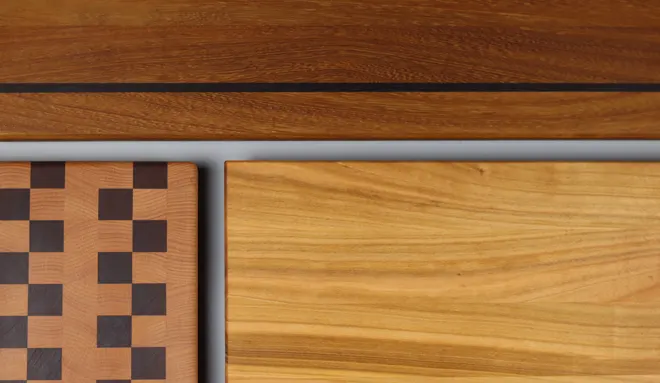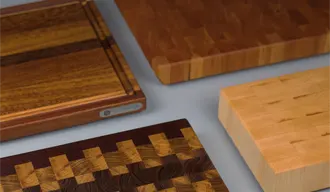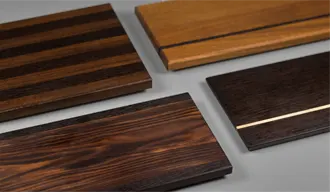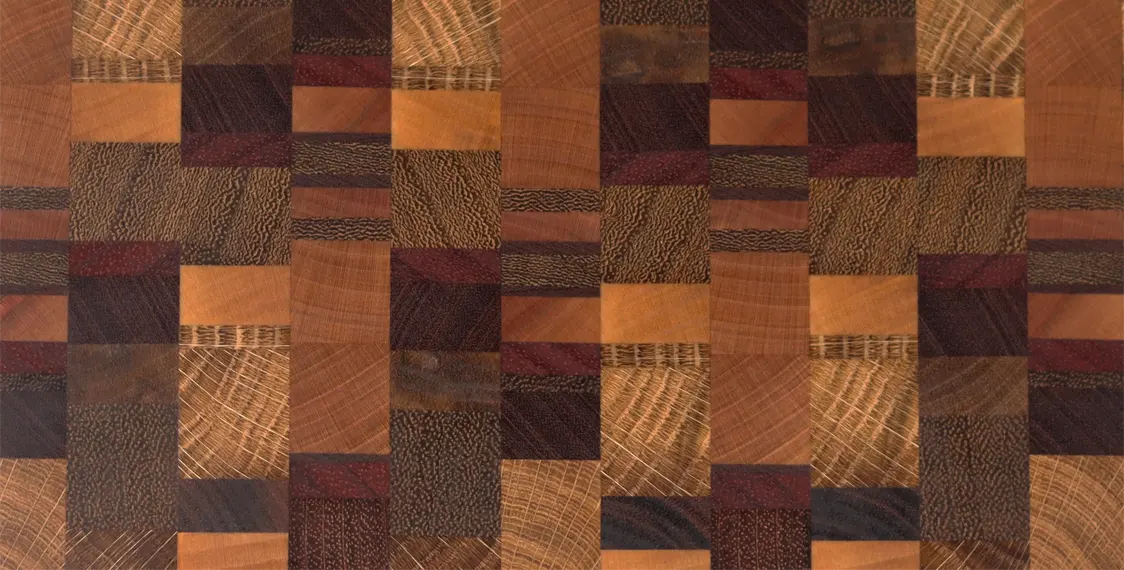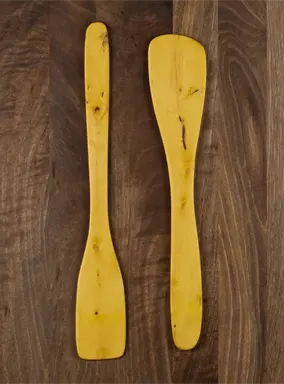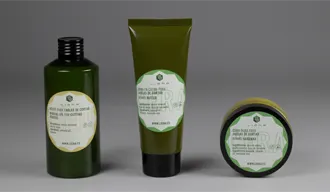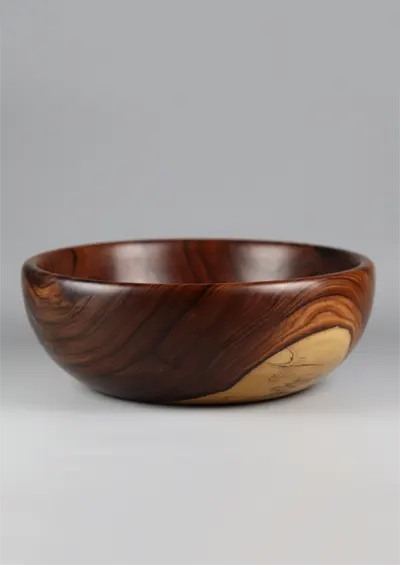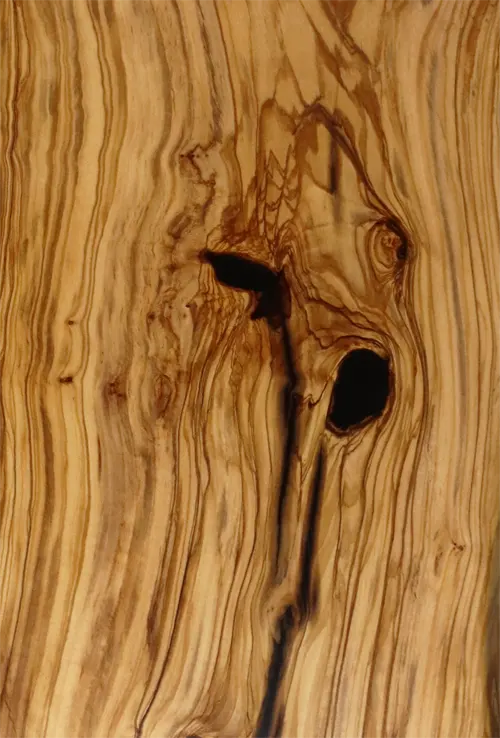How to Care for Wood Cutting Boards like a Pro
Introduction
Wood cutting boards—particularly those made of hardwood like maple, walnut, or cherry—are prized for their knife-friendliness, natural antimicrobial properties, and enduring beauty.
Yet, their longevity and safety rely on correct upkeep. ¿Wanna know how to care for wood cutting boards like a pro? This guide dives straight into the essential practices for hygiene, maintenance, and maximizing the lifespan of your wood cutting board.
1. Choose the Right Wood and Understand Its Value
- Opt for hardwoods such as maple, walnut, cherry, or white oak; they resist deep knife grooves and retain structural integrity better.
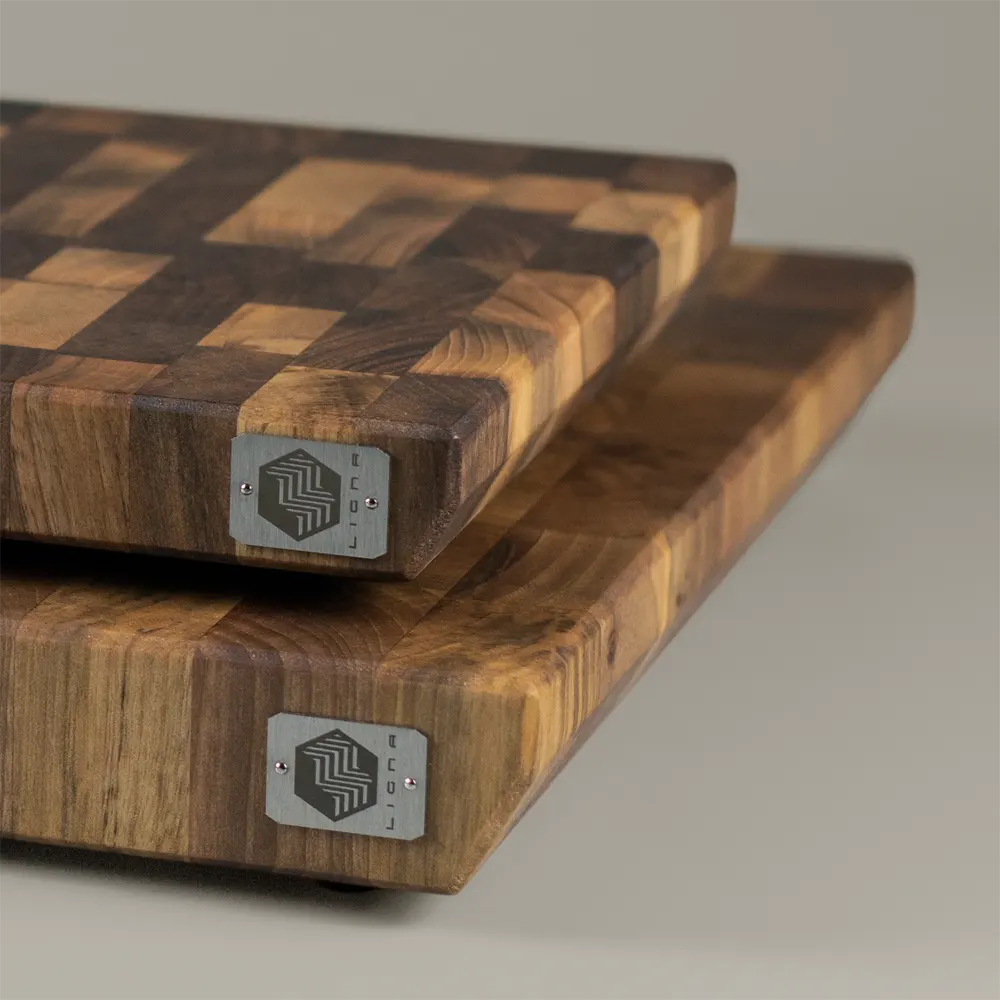
- Avoid softer or porous woods like ash unless you’re prepared to oil them more frequently.
- Teak offers natural oils and resistance to microbes and warping but its not suitable for endgrain due to its big pore structure.
- Exotic woods may be suitable for face grain and edge grain cutting boards, but most of them are not suitable for end-grain.
2. Clean Immediately After Use
- Never use a dishwasher—the heat and moisture strip away protective oils and warp the wood.
- Hand-wash only, with warm water and mild dish soap; avoid abrasive cleaners or scouring pads.
- Remove food debris immediately by scraping or rinsing.
- For stronger odors or stains, scrub with baking soda and lemon or coarse salt, or spray with white vinegar or 3 % hydrogen peroxide.
3. Dry Thoroughly and Store Properly
- Towel-dry immediately, then stand the board upright to allow even air-drying.
- Store it vertically and avoid stacking heavy items on top to prevent warping.
- Never dry in direct heat (e.g., radiators, sunlight); that accelerates cracking.
- Rotate usage to both sides to distribute wear evenly.
4. Condition with Food-Safe Oils Regularly
- Clean and fully dry the board before oiling.
- Use only food-grade mineral oil, beeswax, or specialty board conditioners—not vegetable or olive oils, which go rancid.
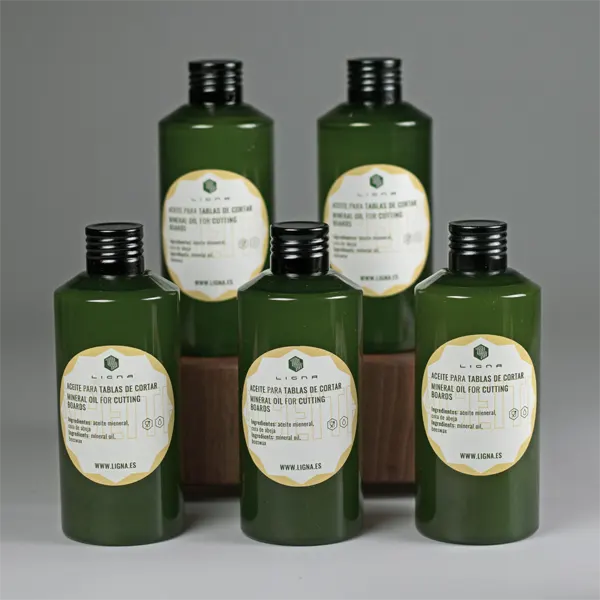
- Apply a thin, even layer with a lint-free cloth, allow it to absorb (few hours or overnight), then wipe off excess.
- Oil frequency:
- Heavy use: every 2–3 weeks.
- Normal use: monthly.
- Optionally, finish with a beeswax-based cream for added moisture lock and sheen.
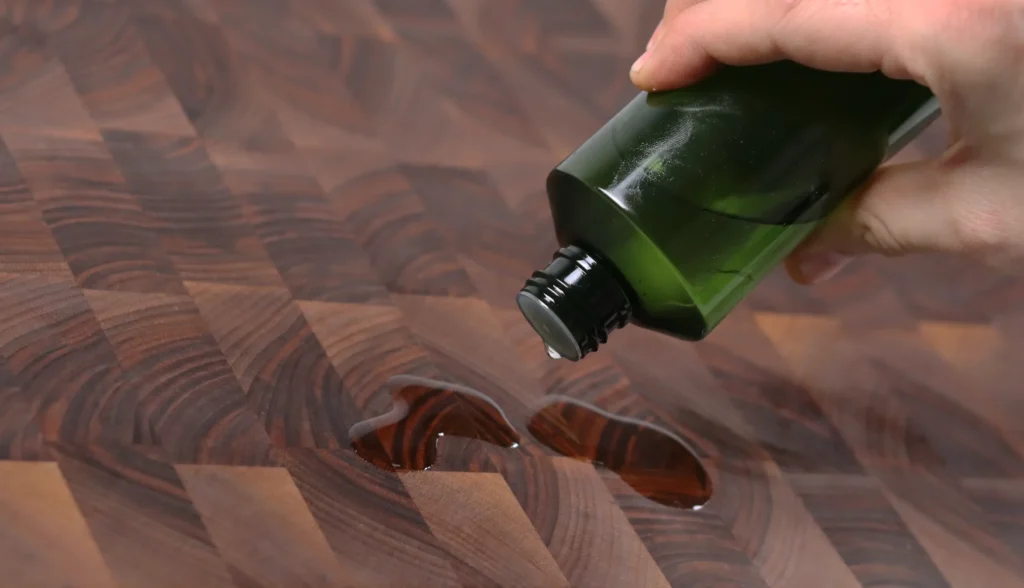
5. Repair or Replace When Needed
- Sand lightly to remove rough patches, deep cuts, or stains before re-oiling.
- Signs it’s time to replace:
- Deep grooves that trap food or bacteria (thick boards can be reflatten, mostly end grain cutting boards).
- Cracks or splits beyond repair.
- Warping that prevents safe, flat use.
- Persistent odors or deterioration despite maintenance
6. Hygiene & Food Safety Considerations
- Wood has natural antimicrobial properties making it safe when well-maintained.
- To prevent cross-contamination, consider separate boards for raw meats or sanitize appropriately.
- For plastic boards, using bleach or dishwasher could be safer for raw meat surfaces; wood excels when maintained correctly.
Conclusion
Caring for a wood cutting board is a non-negotiable step to preserve its safety, beauty, and function.
Clean gently and promptly, dry completely, condition regularly with food-safe products, and repair or replace when necessary.
With proper care, your board can be not just a tool but a long-term kitchen companion.
FAQ about how to Care for Wood Cutting Boards like a Pro
How to Care for Wood Cutting Boards like a Pro after use?
Clean it immediately with warm, soapy water, avoiding abrasives, then rinse and dry thoroughly.
Can I put my wooden cutting board in the dishwasher?
No—dishwashers damage wood with heat and moisture, stripping oils and causing warping.
How do I remove stains or odors from my board?
Use coarse salt or baking soda with lemon juice, or spray with white vinegar or hydrogen peroxide before rinsing.
How often should I oil my wooden cutting board?
Generally, once a month for normal use; every 2–3 weeks if used heavily or in dry environments.
Which oil should I use?
Only food-grade mineral oil, beeswax cream, or specialized board oils—avoid olive, vegetable, or other plant oils.
How should I dry and store my board?
Towel-dry immediately, then stand upright for air-drying. Store upright, with good airflow and no heavy stacking.
Why does it matter which wood my board is made of?
Hardwoods like maple, walnut, cherry, and teak resist deep grooves, stains, and bacteria better than softer woods.
Can I repair my cutting board if it’s deeply scored?
Yes—lightly sand the surface smooth, then re-oil to restore protection and appearance.
How do I know it’s time to replace my board?
Look for deep grooves, cracks, warping, or persistent odor even after proper cleaning and conditioning.
Are wooden boards safer than plastic?
If properly cared for, wood offers natural antimicrobial properties and durability; plastic may be better for frequent raw meat use with harsh sanitizers.
Otras entradas del blog

What are tropical woods?
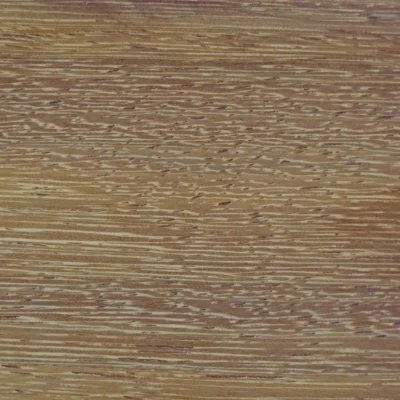
Iroko Wood: Uses and Characteristics
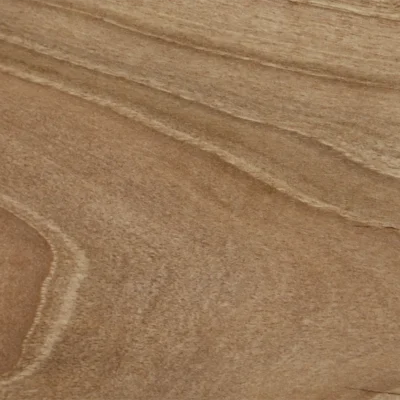
Solid Wood: Complete Guide
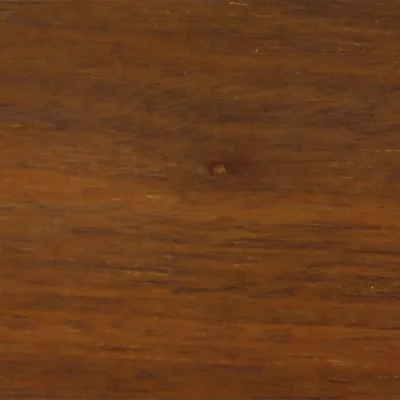
The 10 hardest woods in the world
Nuestras tablas de cortar:
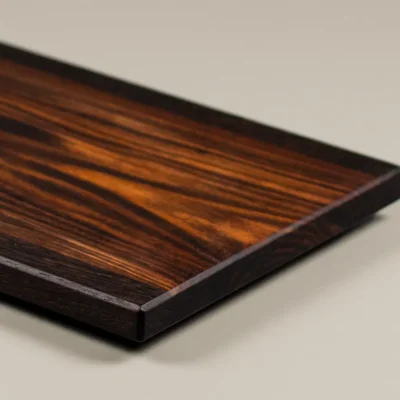
NUBILA
wooden cheese board
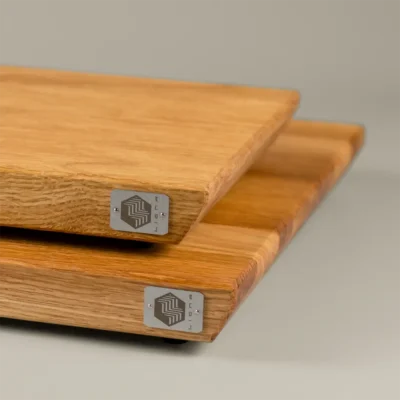
Linea
Oak oak cutting board
Linea
Oakoak cutting board
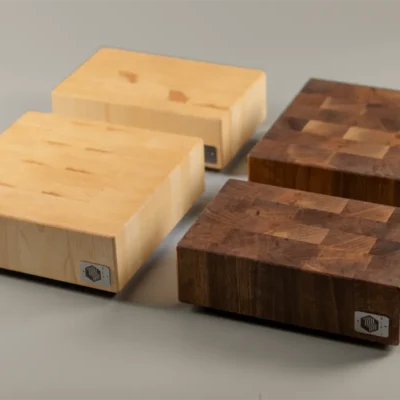
FORTIS
small chopping board
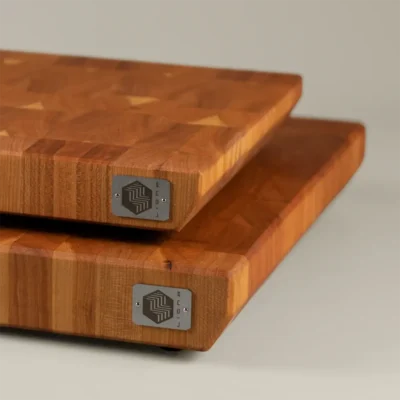
Pura
Cherry cherry butcher block
Pura
Cherrycherry butcher block
